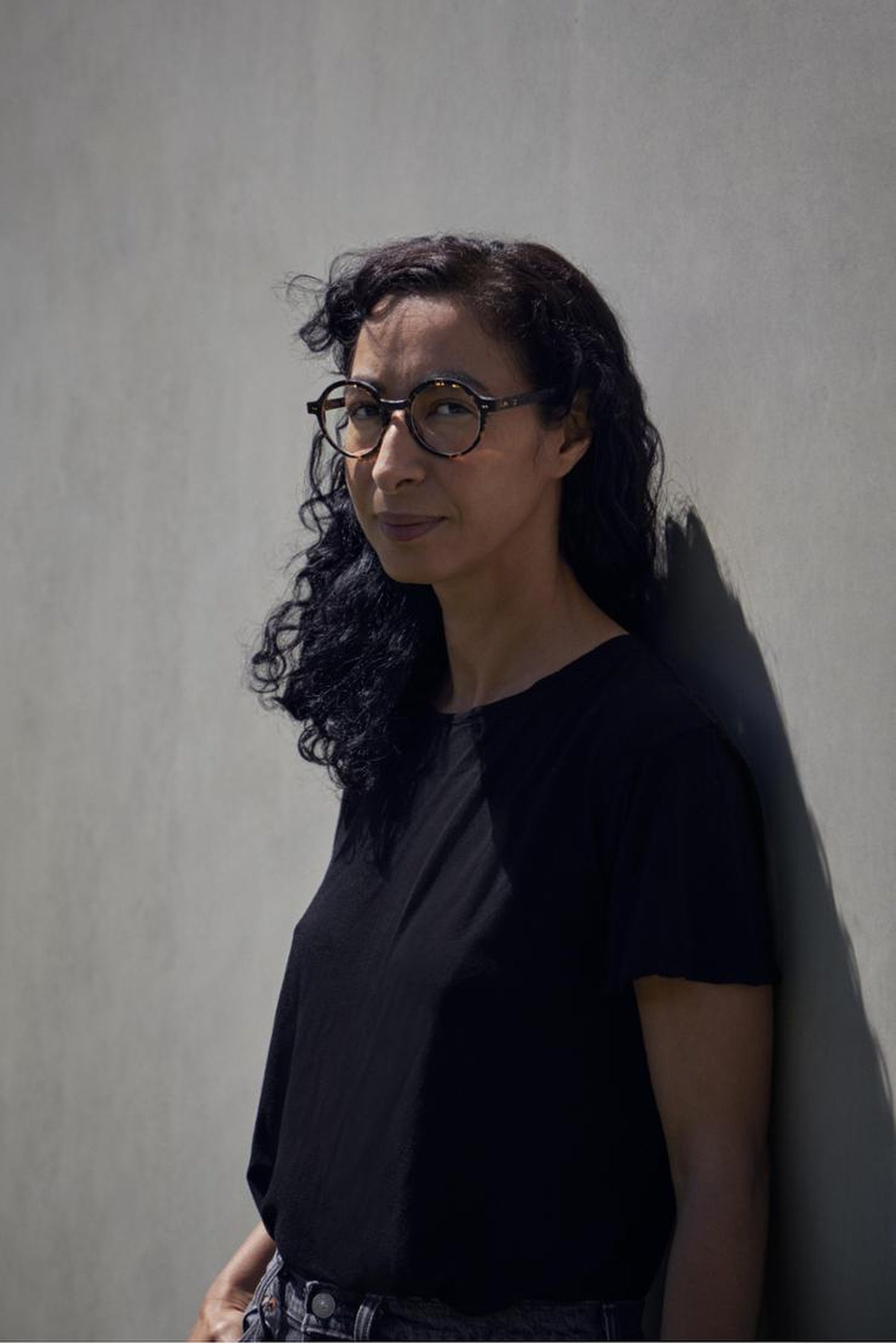Albatrosses, as depicted in Charles Baudelaire’s 1841 poem L’Albatros, face ridicule from sailors after being snared from the sky onto ships’ decks, left to hobble pitifully with their now uselessly big wings.
Mature Virginia oak trees, unable to bear the weight of their own growth, are recognised by their drooping limbs that plunge towards the ground instead of rising upwards.
And what about artists? Neither their way of life nor their work is optimised for efficiency. In the strictest sense of functionality, art can seem downright pointless and detached from reality.

“Having all these loud feelings and incapacities, we artists are not adapted to [so-called] ‘normal’ life. We are too sensitive. We look like strangers all the time,” Echakhch says.
But for her, the very things that render these three existences inefficient are what can make them most beautiful – the seabirds’ formidable wings fluttering freely in the sky, the tree branches that sag more and more with the passing of time and the artist’s ability to come to terms with their precise position within this world.
“It’s about accepting that your wings may be too large for the ground but are majestic and useful in the sky,” she said. “I don’t believe an artwork can save someone, but it can make somebody feel not alone any more.
“My social function is to be aware of that and to pick out this feeling to give it back to people, who may not have the time, patience or tools to do it [on their own] – feelings that they can understand and recognise themselves in.”
The unlikely trio of motifs beautifully converges at Echakhch’s first solo exhibition in Asia, “Les Albatros”, at Pace Gallery Seoul.

Stepping into the gallery’s ground floor, visitors enter a pitch-dark room, with the only colours emanating from the artist’s five new paintings of evergreen oaks.
Even these pieces are mostly swallowed by darkness, however, as the draped canvases have been flipped to reveal their black-painted back sides.
The sagging shapes of 8-metre-long pieces of fabric evoke both the heavy wings of the albatross stuck on land and the plunging limbs of Virginia oak trees.

“All this last year, I saw so many paintings by Monet, Cezanne and other historical artists who treated this subject. I suddenly had the desire to paint a landscape myself. But at the same time, [this desire] seemed so pretentious,” she says.
“Monet was painting during the war; there was a war outside and he was in his garden painting vegetation. I found that so crazy, but I also felt so related to that.
“We are living in times of total uncertainties and violent extremes. And I felt this arrogance of an artist wanting to paint the natural landscape and believe in the idea of beauty. This was something I had to resolve in my head,” Echakhch says.
In the end, by choosing not to let her creative labour shine alone, and instead presenting it as if it were physically merging with the surrounding space, she reconciled with what it means to paint a landscape in our times.
In recent years, the artist has begun incorporating music in her installations.
“I came to realise that the two worlds – sound and visual art – are not so different. They both deal with space, gesture and temporality,” she noted.

“When the music stops and there is silence, you still hear music in your memory. Just like how we can close our eyes and imagine an exhibition we saw before, we can close our ears and imagine the concert we heard before.”
“This journey into sound and music opened my eyes in a new way, much like when I first discovered contemporary art,” she says.
Les Albatros runs until August 17 at Pace Gallery Seoul.
